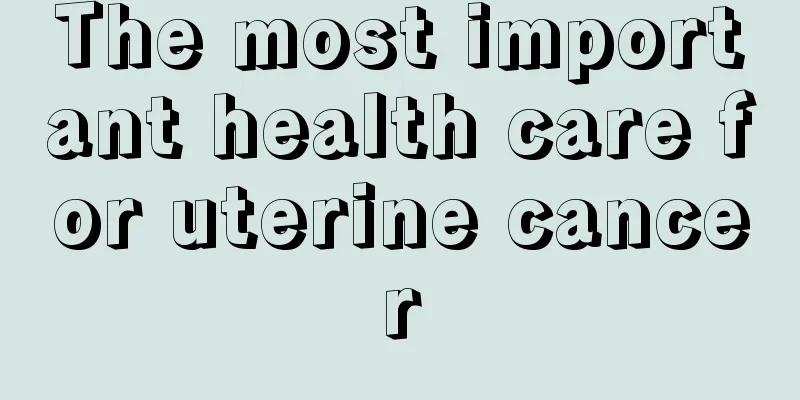There are bubbles in the honey

|
Most people are afraid of buying fake honey because fake honey has a certain impact on human health. Therefore, when buying honey, they will pay special attention when there are some abnormal conditions in the honey. Some people find a layer of bubbles on the surface of the honey after buying it and bringing it home. Although honey is unlikely to spoil, it still cannot be ignored. Is it normal if there are bubbles on the honey? Pure natural mature honey has a layer of white bubbles on it, but processed honey does not. But it is beautiful, and pure natural mature honey will produce bubbles when shaken. This kind of bubbles will basically disappear after a few hours of standing. This does not mean that the quality of the honey has changed. If there are no bubbles, it may not be pure natural honey, because these bubbles will disappear after processing. There are generally two reasons why pure natural mature honey has bubbles: There are four to seven kinds of proteins in honey, and the content of them is generally 0.2%-1%. These have a certain impact on the color and turbidity of honey, and can cause honey to bubble, affecting the appearance and packaging of honey. Finely filtered honey can filter out the protein; The antibacterial substance in honey is hydrogen peroxide. The glucose in honey produces hydrogen peroxide under the action of glucose oxidase. Hydrogen peroxide is very unstable, especially in the summer, when it produces oxygen, making the honey foamy. But honey is pure natural. High temperature treatment can reduce the enzyme in honey and no bubbles will be produced. If you quickly turn over the honey bottle, you can see bubbles rising from the bottom. If the bubbles rise very slowly, the quality of this honey product is better, because this shows that the density of the honey is relatively large. Because honey contains a lot of sugar and has a high osmotic pressure, osmophilic yeast and high-sugar-tolerant yeast are the most common microorganisms in honey. Osmophilic yeast prefers a temperature of 25-37 degrees. It can multiply in large quantities when the moisture content of honey is high and the temperature is suitable. Fermentation produces foam that is difficult to remove, which is the main reason for bubbles in honey. It also converts the sucrose in honey into ethanol, and sometimes converts ethanol into acetic acid, which affects the taste of honey. |
<<: What to do if honey attracts ants
>>: How to make honey lipstick
Recommend
Introduction of Sleeping Hydrating Mask
Facial masks are a must-have for women's beau...
My legs feel particularly heavy
Sometimes people's bodies are not under the c...
There is a hard lump behind my ear that looks like a bone. What's going on?
The ear is a relatively important organ in the hu...
How to care for elderly patients with lung cancer? Pay attention to three aspects when caring for elderly patients with lung cancer
The elderly are a high-risk group for lung cancer...
Where is the site of bone metastasis of lung cancer
Where does lung cancer metastasize to the bones? ...
180cm standard weight
In China, a height of 1.8 meters can be said to b...
What causes silver bracelets to turn black?
Girls all love beauty, and every girl wants to ha...
What are the symptoms of liver cancer? Detailed explanation of the four symptoms of liver cancer patients
What are the symptoms of liver cancer? Do you kno...
What to do if there is a big gap between teeth
Nowadays, more and more friends are paying attent...
What are the preoperative precautions for deep overbite correction
Deep overbite correction refers to the situation ...
What are the common methods for diagnosing rectal cancer
Generally speaking, the symptoms of early rectal ...
The correct way to take a bath with white vinegar
I believe many people have heard of taking a bath...
What are the benefits of kicking the key
Among our traditional sports, shuttlecock kicking...
Can chemotherapy be used for advanced brain cancer?
Can chemotherapy be used for advanced brain cance...
What can I eat to reduce belly fat the fastest?
Belly fat is a kind of fat that grows under the s...









